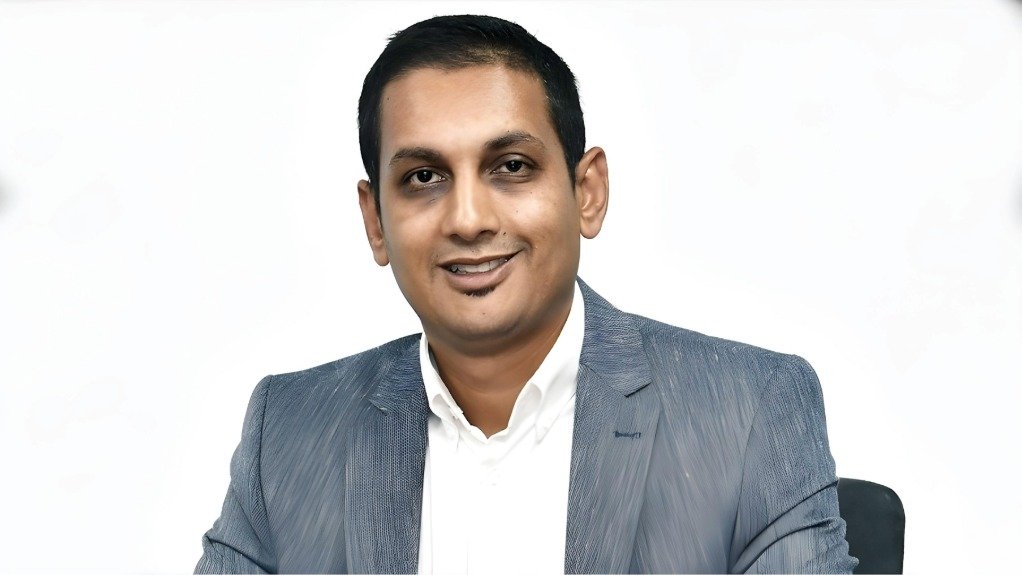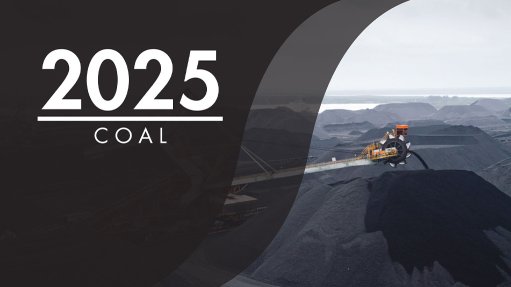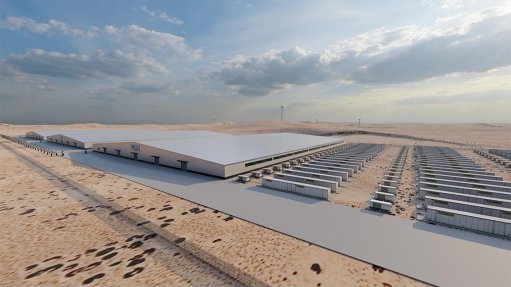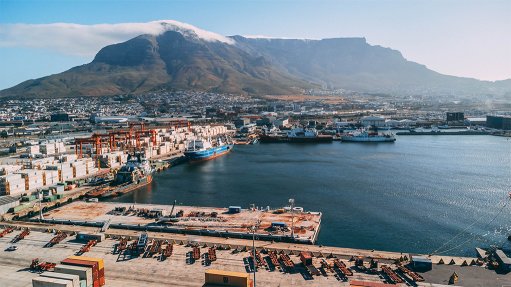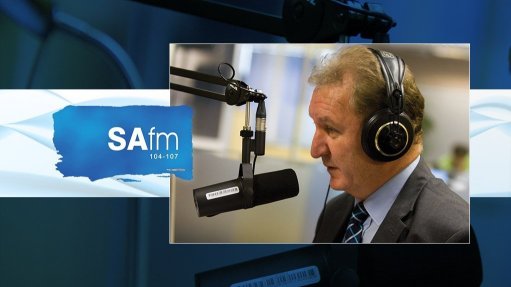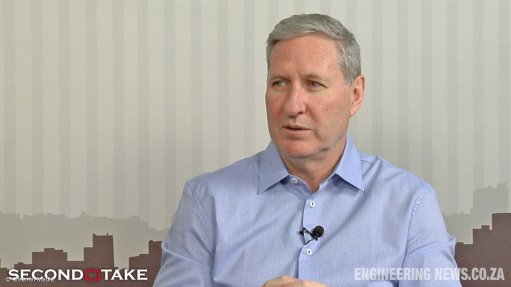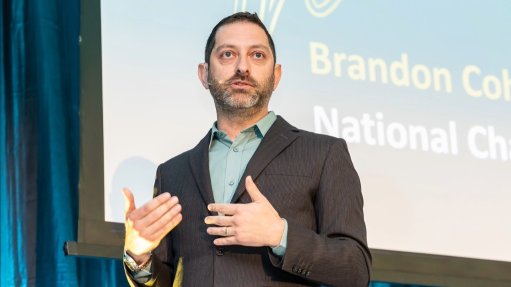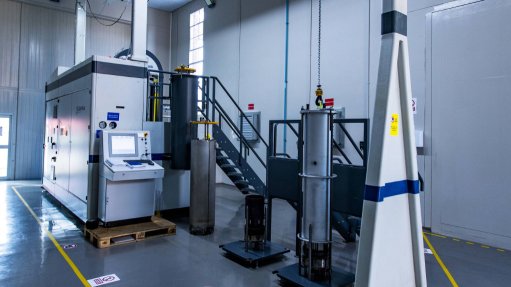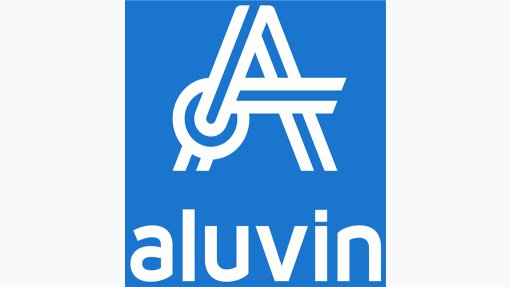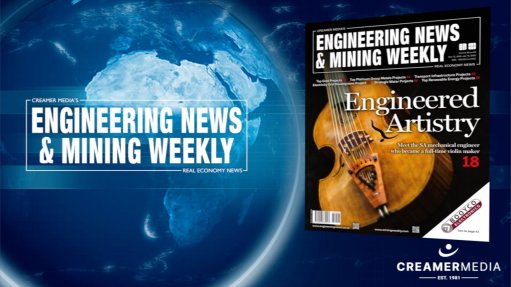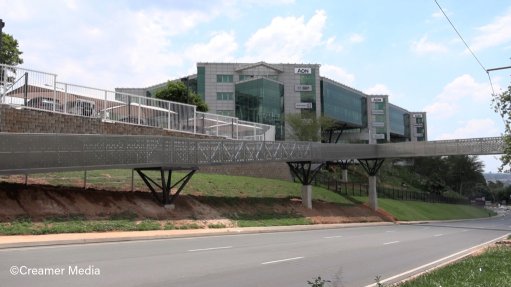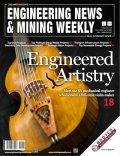At a crossroads: South Africa’s automotive component sector can turn setbacks into opportunities
This article has been supplied.
By: Renai Moothilal - NAACAM CEO
South Africa’s automotive industry stands at a pivotal moment. The engine of South African industrial growth, the sector is now grappling with a convergence of pressures: punitive tariffs from the United States, weakening competitiveness, rising imports, and crumbling domestic infrastructure. These headwinds threaten jobs, investments, and weaken the industry’s role as a pillar of the economy, contributing more than 5% to GDP and nearly a quarter of manufacturing output.
Yet the message from this year’s NAACAM Show 2025, hosted in partnership with the AIDC Eastern Cape in Nelson Mandela Bay, was clear: while the challenges are severe, the path forward lies in localisation, diversification, digitalisation, decarbonisation and bold investment in the technologies and skills of the future.
The most immediate threat remains the US trade dispute. Since April, Washington has imposed 25% tariffs on South African vehicles and automotive components. The impact has been severe. Vehicle exports to the US have reduced by more than 80% this year. Tariffs may have triggered the immediate crisis, but there are exposing weaknesses that predate the current dispute.
Market competitiveness has been weakening over a prolonged period. Almost two-thirds of new vehicles sold in the country last year were imports, a signal of how much ground local producers have lost. Along with this, localisation levels remain stuck at 39%, well below the 60% target for 2035 set in the South African Automotive Master Plan (SAAM35).
Senior public sector leaders at the event were unified in their commitment to support the sector in navigating these challenges. Trade, Industry and Competition Minister Parks Tau told delegates “Localisation is not merely policy compliance – it’s existential,” said Tau. “A 5% increase in local content would unlock R30 billion in new procurement, dwarfing the R4.4 billion US export market. To achieve this, we must act collectively to address bottlenecks to growth.”
Echoing these sentiments, South African Deputy President Paul Mashatile underlined the need to defend the sector, saying: “We must not allow the loss of the gains the sector has made because of external and internal pressures.” He reminded delegates that the automotive industry is a success story of South Africa’s industrial policy. Eastern Cape Premier Oscar Mabuyane similarly pledged the province’s commitment to protect the industry from a jobs bloodbath.
What set this year’s NAACAM Show apart was the pivot from diagnosis to solutions. Delegates acknowledged that stop-gap relief would mean little unless paired with deeper reforms.
One of South Africa’s options is new energy vehicles (NEVs) and their high value components. Undoubtedly, as highlighted by global keynote speaker Michael Dunne, founder of Dunne Insights, NEVs are reshaping the global order of the automotive industry, largely being driven out of China. China now accounts for nearly two-thirds of global EV sales, produces 70% of the world’s batteries, and processes over 90% of rare earths, giving it a commanding grip on the supply chains that South Africa depends on. Dunne argued that South Africa should avoid seeing China only as a rival. Instead, it should identify niches where cooperation is possible – from thermal systems to battery-pack assembly and mineral beneficiation – while also aligning more closely with European partners on critical mineral supply chains. This is vital to avoid job losses associated with the NEV transition.
Beyond NEVs, the sector must diversify exports, expand skills pipelines, unlock MSME-driven innovation and localisation and expand the replacement market. Labour Minister Nomakhosazana Meth highlighted the importance of partnering with new frontier markets in Asia, Latin America, and especially Africa to diversify component sector exports and develop continental value chains – an opinion reiterated in many of the panels throughout the two-day conference.
In supporting improved sector inclusivity, transformation and competitiveness, Small Business Development Minister Stella Ndabeni Abrahams stressed the role MSMEs can and should play in leading sector innovation, localisation, and green industrialisation.
From a skills perspective, “Schools of Excellence” are being planned in the Eastern Cape to train young people in advanced manufacturing and green technologies, with a pilot intake of 100 students for EV production next year, a step towards aligning the skills pipeline with future demand.
Despite some sector policy and programme enhancements needed, component manufacturing continues to be a pillar of manufacturing output in South African and investor confidence can be found. At the show, 160 brands were on display, showcasing the breadth and depth of the domestic automotive value chain. As announced by Deputy President Paul Mashatile, Shatterprufe, a local manufacturer of automotive glass, has invested R400 million into the expansion of its facility in Gqeberha, generating over 100 jobs. This will increase the company’s annual windscreen output from 600,000 to more than one million. Ebor Automotive Systems, a locally owned producer of plastic injection-moulded components and assemblies, equally demonstrates that confidence has not evaporated, with its R60 million investment in the expansion of its Gqeberha-based plant. Eastern Cape leaders also outlined plans to expand freight capacity, advance a provincial hydrogen strategy, and diversify energy sources.
The scale of the challenge should not be downplayed, but South Africa’s automotive sector can pivot. It can lift localisation, diversify markets, and invest in the skills and technologies that will define competitiveness in the 2030s. This year, the message from Nelson Mandela Bay and the over 2,500 attendees of the NAACAM show was that survival is not enough. The choice is whether South Africa drifts or decides. With firm resolve, backed by execution, today’s setbacks can be turned into tomorrow’s opportunities, securing South Africa’s place in the global automotive future.
Article Enquiry
Email Article
Save Article
Feedback
To advertise email advertising@creamermedia.co.za or click here
Comments
Press Office
Announcements
What's On
Subscribe to improve your user experience...
Option 1 (equivalent of R125 a month):
Receive a weekly copy of Creamer Media's Engineering News & Mining Weekly magazine
(print copy for those in South Africa and e-magazine for those outside of South Africa)
Receive daily email newsletters
Access to full search results
Access archive of magazine back copies
Access to Projects in Progress
Access to ONE Research Report of your choice in PDF format
Option 2 (equivalent of R375 a month):
All benefits from Option 1
PLUS
Access to Creamer Media's Research Channel Africa for ALL Research Reports, in PDF format, on various industrial and mining sectors
including Electricity; Water; Energy Transition; Hydrogen; Roads, Rail and Ports; Coal; Gold; Platinum; Battery Metals; etc.
Already a subscriber?
Forgotten your password?
Receive weekly copy of Creamer Media's Engineering News & Mining Weekly magazine (print copy for those in South Africa and e-magazine for those outside of South Africa)
➕
Recieve daily email newsletters
➕
Access to full search results
➕
Access archive of magazine back copies
➕
Access to Projects in Progress
➕
Access to ONE Research Report of your choice in PDF format
RESEARCH CHANNEL AFRICA
R4500 (equivalent of R375 a month)
SUBSCRIBEAll benefits from Option 1
➕
Access to Creamer Media's Research Channel Africa for ALL Research Reports on various industrial and mining sectors, in PDF format, including on:
Electricity
➕
Water
➕
Energy Transition
➕
Hydrogen
➕
Roads, Rail and Ports
➕
Coal
➕
Gold
➕
Platinum
➕
Battery Metals
➕
etc.
Receive all benefits from Option 1 or Option 2 delivered to numerous people at your company
➕
Multiple User names and Passwords for simultaneous log-ins
➕
Intranet integration access to all in your organisation



